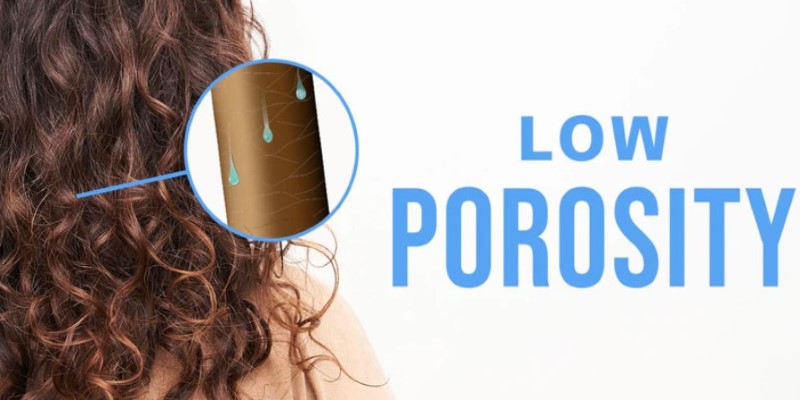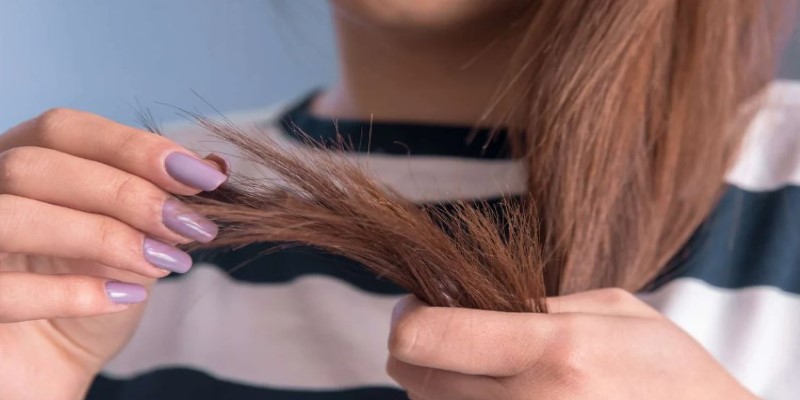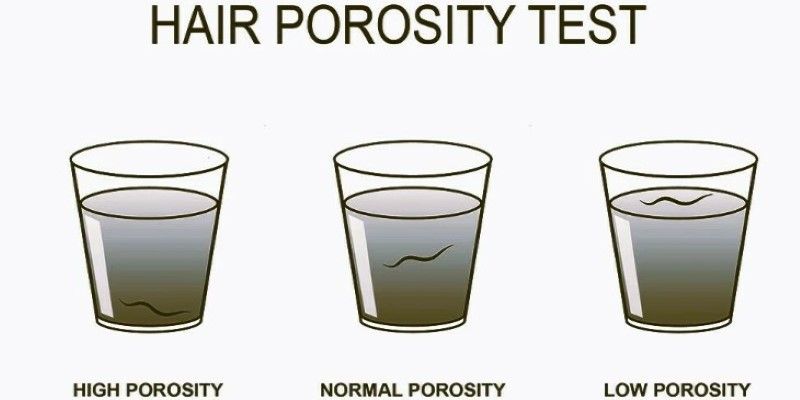ブランド品を安く購入する裏ワザ|お得に楽しみたい方必見
What Does Hair Porosity Mean, And How It Affects Your Haircare Routine?
Regarding hair care, one size doesn't fit all. One critical factor that influences how your hair responds to products and treatments is its porosity. Hair porosity refers to the ability of your hair to absorb and retain moisture, and it can vary widely from person to person. Understanding your hair's porosity can provide invaluable insights into how to care for it effectively. Whether your hair is low, medium, or high porosity, recognizing its unique characteristics will help you tailor your routine for optimal health and manageability. In this article, we will explore what hair porosity means, how to determine your hair type, and how to adjust your haircare practices accordingly for the best results.
Regarding hair care, one size doesn't fit all. One critical factor that influences how your hair responds to products and treatments is its porosity. Hair porosity refers to the ability of your hair to absorb and retain moisture, and it can vary widely from person to person. Understanding your hair's porosity can provide invaluable insights into how to care for it effectively. Whether your hair is low, medium, or high porosity, recognizing its unique characteristics will help you tailor your routine for optimal health and manageability. In this article, we will explore what hair porosity means, how to determine your hair type, and how to adjust your haircare practices accordingly for the best results.
What is Hair Porosity
Hair porosity is primarily influenced by the structure of the hair cuticle, which is the outer layer of your hair shaft. The cuticle comprises overlapping scales, much like shingles on a roof. When these scales are tightly packed, hair has low porosity. Conversely, when they are raised or spaced apart, hair has high porosity. Your hair's porosity affects its ability to absorb moisture, oils, and products, impacting its overall behaviour.
There are three main categories of hair porosity: low, medium (known as usual), and high. Each type has distinct characteristics that require different care approaches.
Low Porosity Hair
Low-porosity hair has a tightly packed cuticle, making it difficult for moisture and products to penetrate. This type of hair often feels smooth and shiny but can be prone to product buildup, as products tend to sit on the surface rather than being absorbed. People with low-porosity hair may find that it takes longer for their hair to get wet during washing and that it dries slowly.

To care for low-porosity hair, it's essential to use lighter products that don't weigh the hair down. Water-based moisturizers are ideal, as they can provide hydration without the heaviness of oils. Additionally, using heat when applying products can help open up the cuticle, allowing for better absorption. Techniques such as deep heat conditioning or steamer conditioning can be beneficial. Limiting protein treatments is also advisable, as low-porosity hair generally has enough protein and may become stiff if overtreated.
Medium Porosity Hair
Medium-porosity hair sits comfortably between low and high porosity. Its cuticle is neither too tight nor too loose, allowing for a balanced absorption of moisture and products. Hair of this porosity type generally holds styles well, responds favourably to various products, and has an excellent natural sheen.

The focus should be on maintaining moisture and health for medium porosity hair. Regular conditioning treatments and a balanced diet can contribute to overall hair health. This type of hair usually responds well to both protein and moisture treatments. Rotating products based on seasonal changes is beneficial, as hair may need more moisture in winter and less in summer.
High Porosity Hair
High-porosity hair has a raised or damaged cuticle, allowing moisture to enter quickly and leading to rapid moisture loss. This type of hair can feel dry and frizzy because it cannot retain moisture well. Chemical treatments, heat styling, and environmental damage can contribute to high porosity.

Caring for high-porosity hair requires a focus on moisture retention. Using heavier creams and oils can help seal in hydration. Leave-in conditioners and deep conditioning masks with rich ingredients such as shea butter or avocado oil are excellent choices. Additionally, incorporating protein treatments can help strengthen the hair and fill in gaps in the cuticle. However, balance is critical, as too much protein can lead to stiffness. Regularly using hydrating products and avoiding excessive heat styling will help maintain the health of high-porosity hair.
How To Determine Your Hair Porosity
Understanding your hair porosity type can be done through a simple test. One popular method is the "float test." Please take a few strands of clean, dry hair and place them in a glass of water. If the hair sinks quickly, it is likely high porosity. If it floats for a while before falling, it is medium porosity. If it remains at the top, it is low porosity. While this test can provide some insight, it's also important to consider your hair's overall behaviour, such as moisture absorption and retention.

Tailoring Your Haircare Routine
Now that you understand the different porosity types, tailoring your haircare routine becomes straightforward. For low-porosity hair, focus on lightweight, hydrating products and avoid heavy oils. Incorporate heat when deep conditioning to enhance product absorption. For medium porosity, maintain a balanced approach with moisture and protein treatments, and adjust your routine seasonally. For high porosity hair, prioritize moisture retention with heavier products, and use protein treatments sparingly to strengthen the hair without overdoing it.
Additional Tips For Healthy Hair
Regardless of porosity type, several general haircare tips can promote overall health. Regular trims can help eliminate split ends, while protective hairstyles can minimize damage from environmental factors. Staying hydrated and maintaining a balanced diet rich in vitamins and minerals will also positively affect hair health.
It's worth noting that hair porosity can change over time due to factors like ageing, changes in health, or environmental conditions. Therefore, it's wise to reassess your hair's porosity periodically and adjust your routine as needed.
Conclusion
In summary, hair porosity significantly affects how your hair reacts to moisture and products, impacting its overall health and appearance. By understanding whether your hair has low, medium, or high porosity, you can tailor your haircare routine to suit its needs better. This approach enhances the effectiveness of your products and promotes healthier hair in the long run. Emphasizing the importance of hydration, proper product choices, and periodic evaluations of your hair's condition will empower you to maintain vibrant and manageable hair. With the appropriate knowledge and care strategies, you can nurture your hair to look and feel its best, allowing its natural beauty to shine through.











